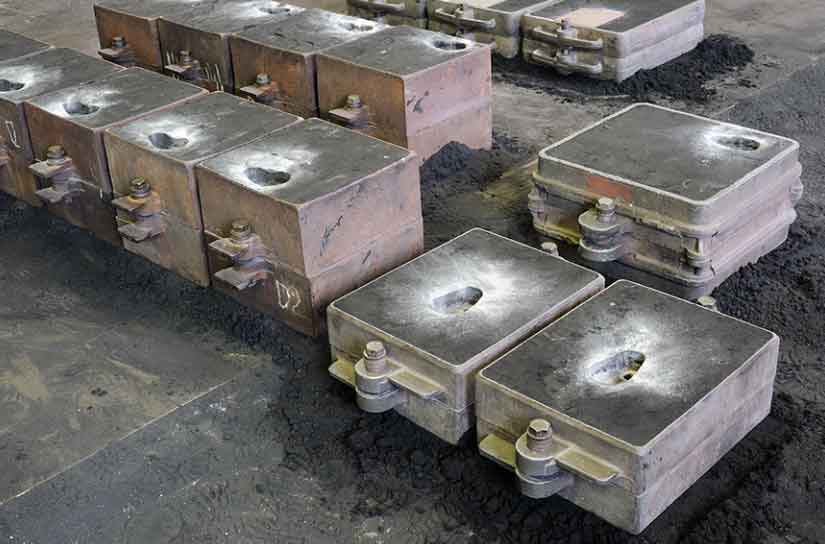
Resin sand casting is a widely used casting process that involves creating a mold from a mixture of resin binder and sand. This process offers various advantages such as good dimensional accuracy, high surface finish, and the ability to produce complex shapes. Over the years, there have been several advancements and innovations in resin sand casting, leading to improved processes and expanded applications. Here are some of the key advancements and applications in resin sand casting:
- Binder Systems: Traditional resin sand casting often uses phenolic resin binders. However, advancements have been made in developing new binder systems with improved properties. These new binders may include furan resins, alkaline phenolic resins, or water-based binders. These binder systems offer better collapsibility, reduced gas evolution, and improved environmental friendliness.
- Additive Manufacturing (3D Printing): Resin sand casting can be combined with additive manufacturing techniques, such as 3D printing, to create intricate and complex molds. 3D printing allows for the production of highly detailed patterns and cores, which can be used in resin sand casting to achieve complex geometries and internal cavities that were previously difficult to produce.
- Digital Design and Simulation: Advanced computer-aided design (CAD) software and simulation tools have revolutionized the resin sand casting process. These tools enable engineers to design and optimize molds, simulate the casting process, predict defects, and optimize gating and riser systems. By using digital design and simulation, manufacturers can reduce the time and cost associated with trial and error, leading to more efficient and reliable casting processes.
- Surface Coatings: Surface coatings and treatments have been developed to enhance the properties of resin sand castings. These coatings can improve the surface finish, increase resistance to wear and corrosion, and provide better thermal insulation. Examples of surface coatings include ceramic coatings, thermal barrier coatings, and anti-corrosion coatings.
- Lightweighting and Material Optimization: Resin sand casting is commonly used for producing large, heavy components. However, advancements in lightweighting techniques have expanded its applications to industries where weight reduction is crucial, such as automotive and aerospace. By optimizing the casting design and using lightweight materials, resin sand casting can help achieve weight savings while maintaining structural integrity.
- Sustainable Casting Practices: With growing environmental concerns, there has been a push towards more sustainable casting practices. This includes the development of eco-friendly binders, the use of reclaimed sand, and improved recycling and waste management. These sustainable practices help reduce the environmental impact of resin sand casting while maintaining its performance and cost-effectiveness.
In terms of applications, resin sand casting finds extensive use in various industries, including automotive, aerospace, heavy machinery, and general manufacturing. It is employed for producing components such as engine blocks, cylinder heads, pump housings, transmission cases, and structural parts. The ability to create complex geometries and achieve good surface finishes makes resin sand casting a preferred choice for many applications where accuracy and aesthetics are crucial.
The advancements in resin sand casting have contributed to improved process efficiency, enhanced product quality, and expanded its range of applications. With ongoing research and development, we can expect further innovations in resin sand casting techniques and materials, enabling even more complex and sustainable manufacturing solutions in the future.
